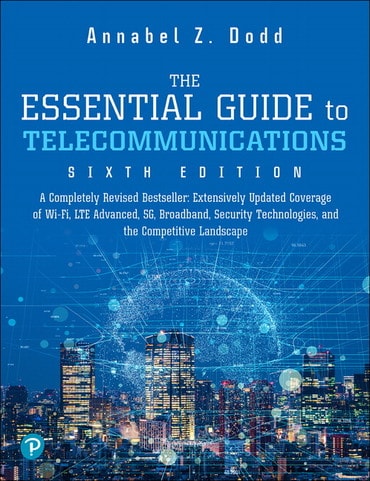Switch content of the page by the Role togglethe content would be changed according to the role

Essential Guide to Telecommunications, The, 6th edition
Published by Pearson (March 19, 2019) © 2019
- Annabel Z. Dodd
VitalSource eTextbook
ISBN-13: 9780134507781
Essential Guide to Telecommunications, The
Published 2019
Paperback
$43.99
Price Reduced From: $54.99
ISBN-13: 9780134506791
Essential Guide to Telecommunications, The
Published 2019
Need help? Get in touch